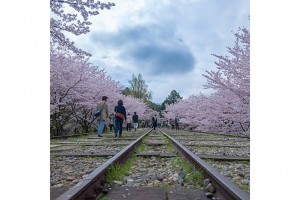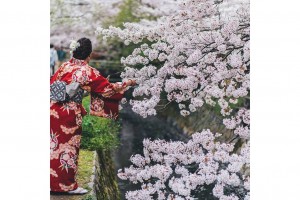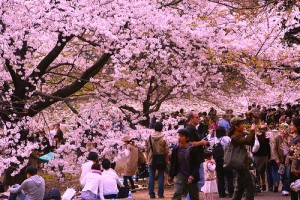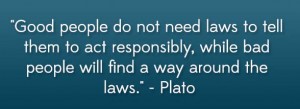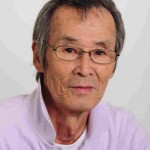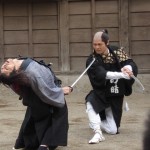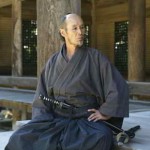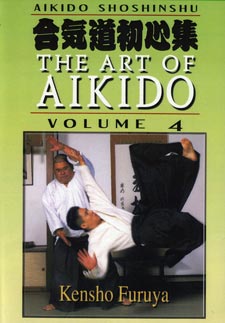 Long ago Sensei showed me a rather harsh review of his book Kodo and something he said stuck with me all these years. He said, "It takes a tremendous amount of courage to create something and very little courage to criticize it." Martial artists can be critical people, especially as beginners, but as one progress in their training humbleness ensues. Humility and humbleness are the real indicators of one's "true" ability. The reason why is that the more one trains, the more they see how small they are compared to the bigger picture and how little they really "know."
There is a saying in Buddhism, "When the student is ready, the teacher will appear." How can one be ready if all they do is criticize others and point out every little flaw? I am a very judgmental person and I consistently work on it - it might even be my worst character flaw. Here is something that I use regularly in my own practice to help keep me in the right perspective.
Long ago Sensei showed me a rather harsh review of his book Kodo and something he said stuck with me all these years. He said, "It takes a tremendous amount of courage to create something and very little courage to criticize it." Martial artists can be critical people, especially as beginners, but as one progress in their training humbleness ensues. Humility and humbleness are the real indicators of one's "true" ability. The reason why is that the more one trains, the more they see how small they are compared to the bigger picture and how little they really "know."
There is a saying in Buddhism, "When the student is ready, the teacher will appear." How can one be ready if all they do is criticize others and point out every little flaw? I am a very judgmental person and I consistently work on it - it might even be my worst character flaw. Here is something that I use regularly in my own practice to help keep me in the right perspective.
Like me, every person is good and only doing the best that they can. Like me, every person is suffering and going through their own stuff.Like me, every person human and human beings make mistake.
Every person deserves kindness, compassion and forgiveness - just like me.
Life is too short to be unhappy. Give people a break...they are doing the best that they can...me too.




